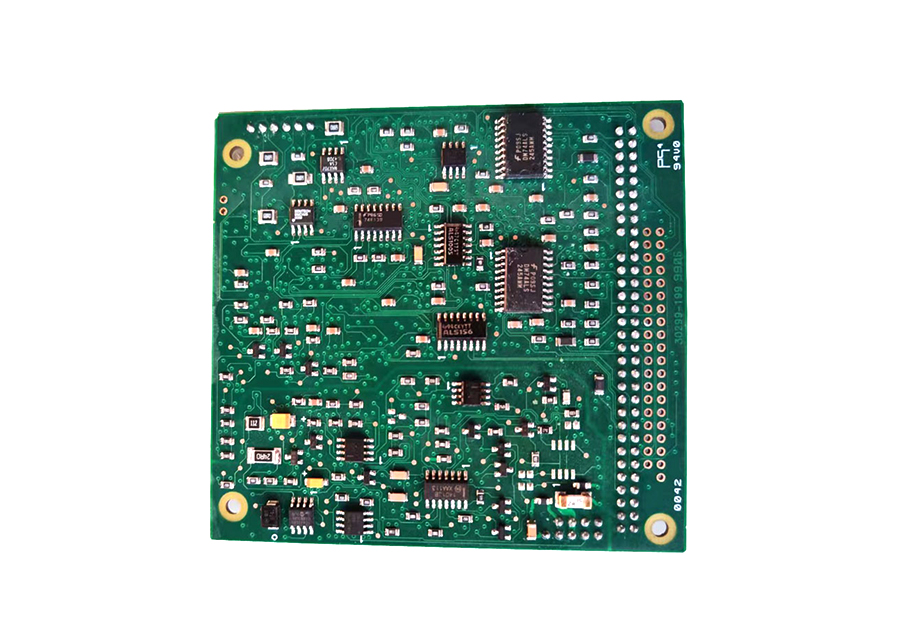-
CN
-
Service Hotline
+8618129931046 Mr. Liao


Time:2025-04-17 Views:1

PCBs often require electrical connections between different layers, and this is where vias play a crucial role. Understanding via processes and design 要点 is essential for ensuring the proper functionality of the PCB.
Via Processes
Drilling
The first step in creating a via is drilling a hole through the PCB layers. For through - hole vias, which penetrate all layers of the PCB, a mechanical drill is commonly used. The drill bit diameter is carefully selected according to the desired via size. For blind vias (which connect an outer layer to an inner layer) and buried vias (which connect inner layers only), more specialized drilling techniques may be required. Laser drilling is often used for creating small - diameter vias, especially in high - density interconnect (HDI) PCBs. Laser drilling can precisely control the hole size and location, and it is suitable for creating micro - vias with diameters as small as 0.1 mm or even smaller.
Plating
After drilling, the via hole needs to be made conductive. This is achieved through a plating process. The most common method is electroless copper plating, where a thin layer of copper is deposited on the inner wall of the via hole. The PCB is immersed in a copper - plating solution containing copper salts and a reducing agent. The reducing agent causes the copper ions in the solution to be deposited on the surface of the hole, forming a continuous copper layer. In some cases, additional electro - plating may be performed to increase the thickness of the copper layer to meet the required electrical and mechanical performance.
Via Filling or Capping
Filling: To improve the electrical and mechanical performance of the via, especially in high - current or high - reliability applications, the via may be filled. Non - conductive epoxy resin is often used to fill the via hole. Filling the via can prevent the ingress of moisture and contaminants, and it can also improve the thermal conductivity of the via, which is beneficial for dissipating heat generated by components.
Capping: Another option is capping the via. A thin layer of solder or other conductive material can be applied to the top and bottom of the via to provide a smooth surface for soldering components and to further protect the via from oxidation.
Design
Via Size
The size of the via should be carefully selected based on the application requirements. For signal vias in high - speed digital circuits, smaller vias are preferred to reduce the parasitic capacitance and inductance. However, smaller vias may also have higher resistance, so a balance needs to be struck. For power and ground vias, larger vias are often used to handle higher currents. The aspect ratio (the ratio of the via length to its diameter) should also be considered. A high aspect ratio can make the drilling and plating processes more difficult and may affect the reliability of the via.
Via Placement
Signal vias should be placed as close as possible to the components they are connecting to minimize the length of the signal trace. This helps to reduce signal attenuation and interference. In high - speed circuits, vias should be placed in a way that avoids creating sharp corners or long, straight runs, as these can cause signal reflections. Power and ground vias should be placed in a grid pattern to provide a low - impedance path for power distribution and to reduce electromagnetic interference (EMI). Additionally, vias should be placed away from areas where there may be mechanical stress, such as near the edges of the PCB or under large components.
Via Count
The number of vias used in a PCB design should be optimized. Using too many vias can increase the cost and manufacturing complexity, while using too few may result in poor electrical performance. For power and ground planes, an adequate number of vias should be used to ensure proper current distribution and to minimize voltage drops. In high - speed circuits, additional vias may be needed for signal integrity, such as using multiple vias in parallel to reduce the inductance of the connection.